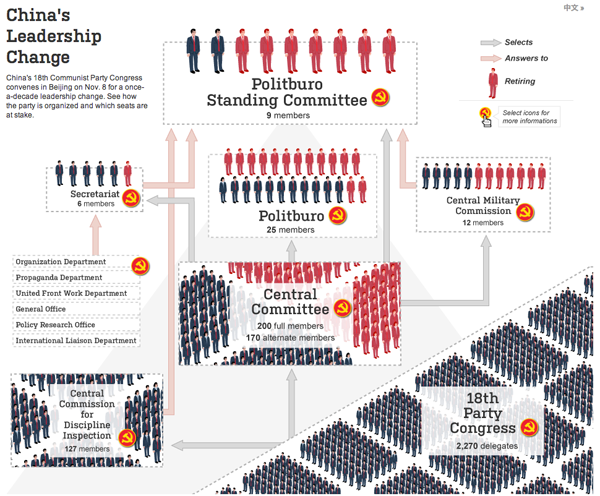Here in the States we are accustomed to unstable governments—the Trump administration has set records for the most departures so early in its term. But the United Kingdom is not to be outdone as Amber Rudd, the Home Secretary, resigned in response to an immigration scandal. She makes six the number of cabinet officials who have left the British government.
The Economist put together a small graphic showing how long it took various governments, British and otherwise, to reach the level of so many departures. May’s government has been the fastest to reach so many departures in recent years.

The key thing to note here is what I pointed out last week, which is the use of a thin white stroke on the outside of the lines being highlighted with the Theresa May government using a bolder weight to make it stand out just a wee bit more. This is a bit different than the Times version which uses the outline approach for only what would here be the May line, but it still works overall to draw attention to the British governments.
Credit for the piece goes to the Economist graphics department.


